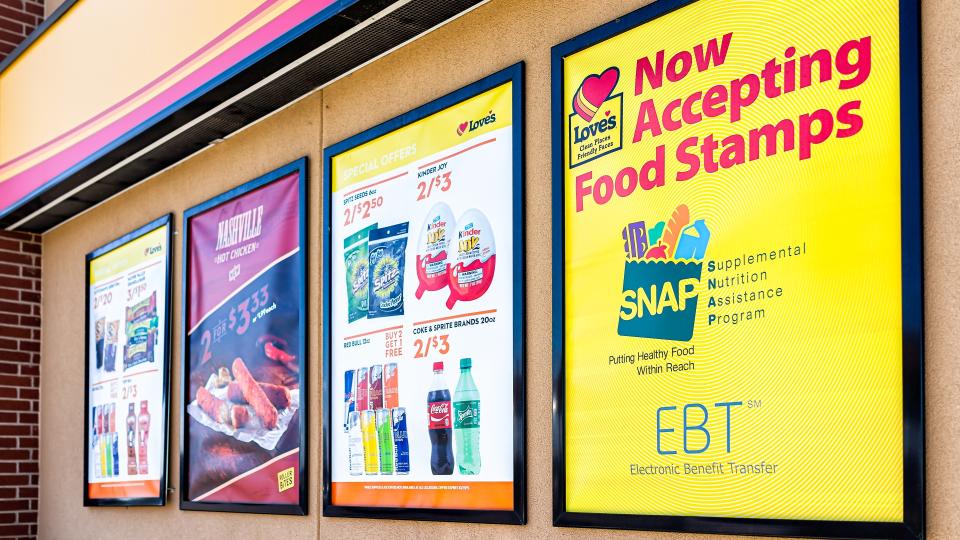SNAP Theft Costs Taxpayers Millions — How the Scams Work

A rise in fraud involving Supplemental Nutrition Assistance Program (SNAP) benefits has consequences beyond just the individual victims of theft. Government efforts to deal with the problem end up costing all taxpayers as well.
Food Stamps: What Is the Maximum SNAP EBT Benefit for 2023?
Learn: 3 Ways Smart People Save Money When Filing Their Taxes
In California alone, SNAP theft costs the state tens of millions of dollars a year to replace the stolen benefits, Cal Matters reported. In response, the state has proposed to upgrade SNAP security features at a cost of $50 million in next year’s budget.
SNAP, formerly known as food stamps, is a food purchasing assistance program overseen by the U.S. Department of Agriculture and administered at the state level. SNAP recipients have their money loaded onto Electronic Benefits Transfer (EBT) cards each month — and those cards are a big reason fraud has been on the rise.
As GOBankingRates previously reported, EBT cards are designed to work like debit cards. The problem is, they don’t have the same built-in protections found with bank-issued debit or credit cards. Much of the fraud involves “skimming,” a practice by which thieves use a device to steal the card number and PIN from someone else’s electronic benefits payment card.
This is a very expensive problem for agencies that run SNAP — and for the taxpayers who fund them.
A study released last fall by consumer reporting agency LexisNexis Risk Solutions found that every $1 of benefits lost through fraud costs SNAP agencies $3.72. This figure includes additional costs related to internal labor and administrative tasks.
The cost of fraud is even higher for agencies that accept more applications from mobile and web platforms. Agencies that have more than 20% of mobile channel submissions had an average a loss of $4.40 for every $1 of benefits stolen through fraud, according to LexisNexis Risk Solutions.
Because these agencies are funded by taxpayer money, the financial hit is shared by all taxpayers, regardless of whether they qualify for SNAP or not.
Fraud and theft involving food stamps have become so rampant that some SNAP recipients want to hold government agencies legally responsible when benefits are stolen. A class-action lawsuit was recently filed against the Massachusetts Department of Transitional Assistance — the agency that oversees SNAP in the state — because it wouldn’t reimburse fraud victims for stolen benefits.
“[Skimming] extends across the country,” MLRI attorney Betsy Gwin told CBS News. “The difference we see is the lack of federal protections for EBT users.”
SNAP fraud victims in California are reimbursed by the state — and there are a lot more of those victims than there were a few years ago. The amount of EBT theft in the Golden State has nearly doubled since 2019, according to data cited by Cal Matters. In many cases, the theft occurs minutes after the benefits are transferred to EBT cards, but it might take weeks for recipients to be reimbursed.
Take Our Poll: How Much of a Tax Refund Do You Expect in 2023?
More: SNAP Benefits To Decrease in March — 5 Ways To Protect Your Finances
If you believe you’ve been the victim of a skimming or phishing scam, the USDA recommends contacting your local SNAP office immediately. You also can report SNAP fraud by state on the USDA’s fraud page.
You should also take time to research your state’s refund policy. If you live in a state that covers stolen benefits, you’ll need to follow its directions for reporting theft. For example, in California beneficiaries can report stolen EBT cards to the EBT customer service helpline, file a police report and fill out a theft report.
More From GOBankingRates
This article originally appeared on GOBankingRates.com: SNAP Theft Costs Taxpayers Millions — How the Scams Work

